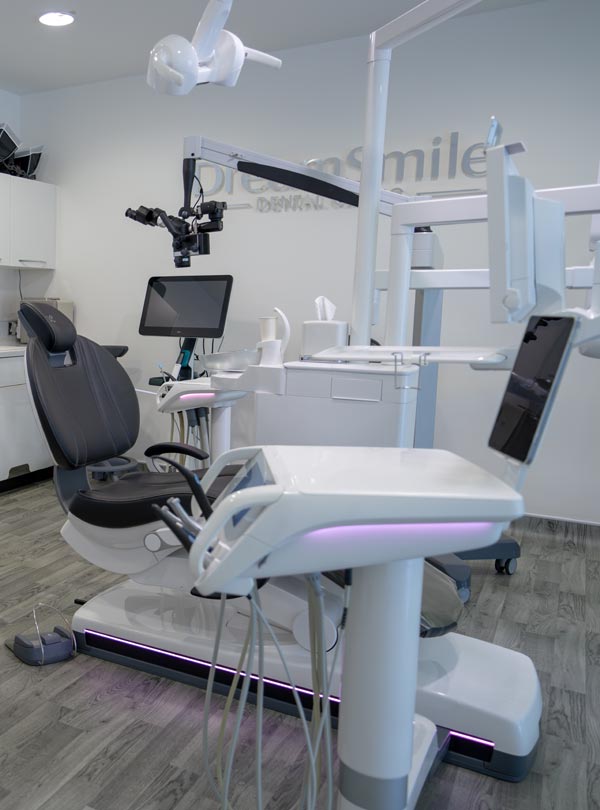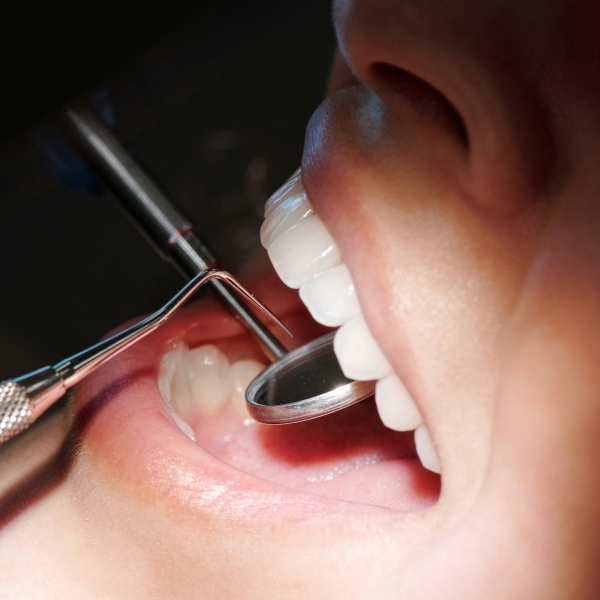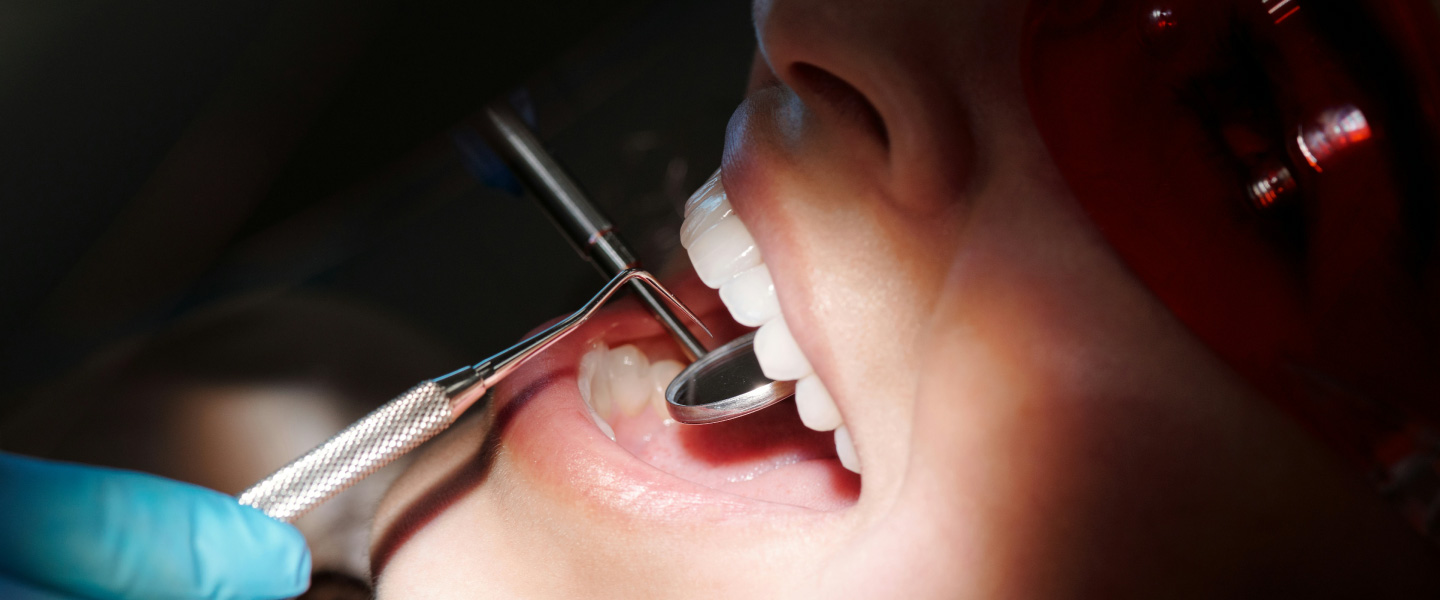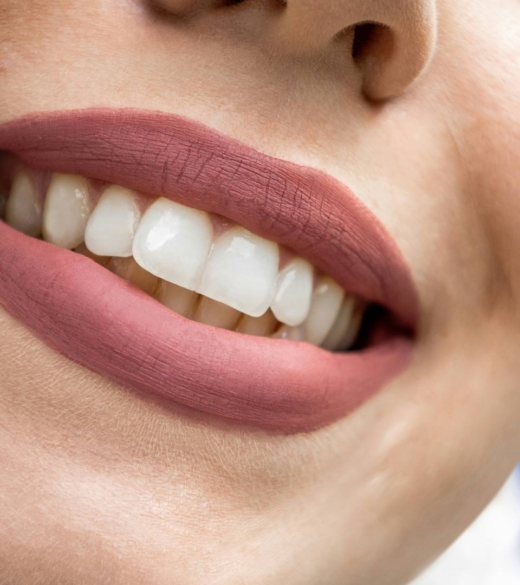1. Extrinsic Staining from Food and Drink
One of the most common causes of teeth discolouration is staining from certain foods and drinks. Dark-coloured beverages such as coffee, tea, red wine, and colas can leave stains on the enamel, the outer layer of the tooth. Foods like berries, soy sauce, and tomato-based sauces also have the potential to cause surface stains. These stains are considered extrinsic, meaning they only affect the outer surface of the tooth. Over time, regular consumption of these substances can lead to noticeable discolouration. Professional teeth whitening treatments, regular brushing, and reducing the intake of staining foods can help manage extrinsic stains.
2. Smoking and Tobacco Use
Smoking or using tobacco products is a major contributor to teeth discolouration. The nicotine and tar found in cigarettes and other tobacco products quickly stain the enamel, turning teeth yellow or brown. These stains can be more stubborn and difficult to remove with standard oral hygiene practices. Long-term tobacco use not only discolours teeth but also increases the risk of gum disease and other oral health issues. Quitting smoking and seeking professional whitening treatments are effective ways to combat tobacco-related staining and improve your overall oral health.
3. Ageing and Enamel Wear
As we age, the enamel on our teeth naturally wears down, revealing the yellowish dentin underneath. This process is a natural part of ageing, as enamel becomes thinner over time, making teeth appear more yellow or grey. Age-related discolouration is often harder to prevent but can be managed with proper dental care and treatments like veneers or bonding to restore the appearance of your teeth. Maintaining a good oral hygiene routine and scheduling regular dental check-ups are key to minimising the effects of ageing on your smile.
4. Medication and Medical Conditions
Certain medications and medical conditions can lead to teeth discolouration. Antibiotics like tetracycline, if taken during childhood or pregnancy, can cause permanent grey or brown stains on the developing teeth. Other medications, such as antihistamines, antipsychotics, and high blood pressure drugs, can also contribute to discolouration. Additionally, medical treatments like chemotherapy and radiation, particularly in the head and neck area, can affect the colour of teeth. For patients with medication-induced discolouration, treatments such as veneers or crowns may offer a solution to cover the stains and restore a natural appearance.













